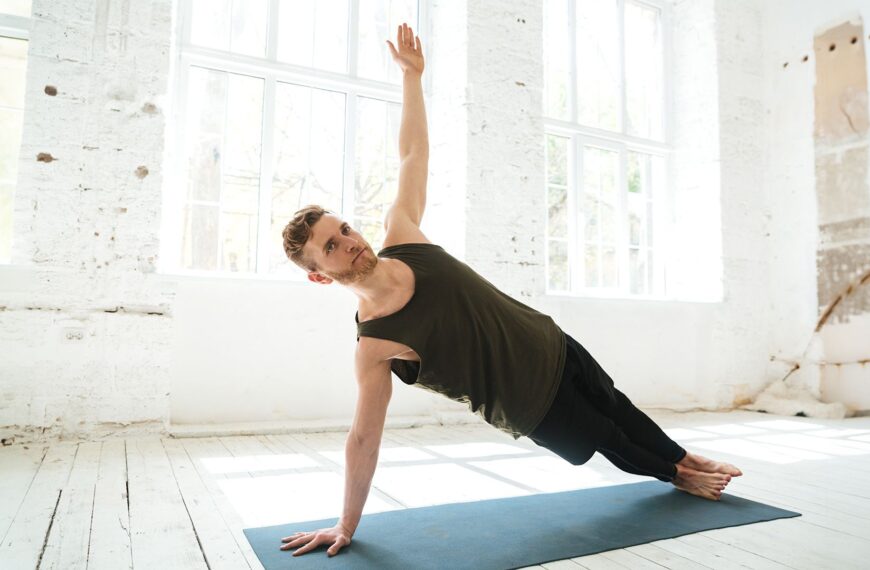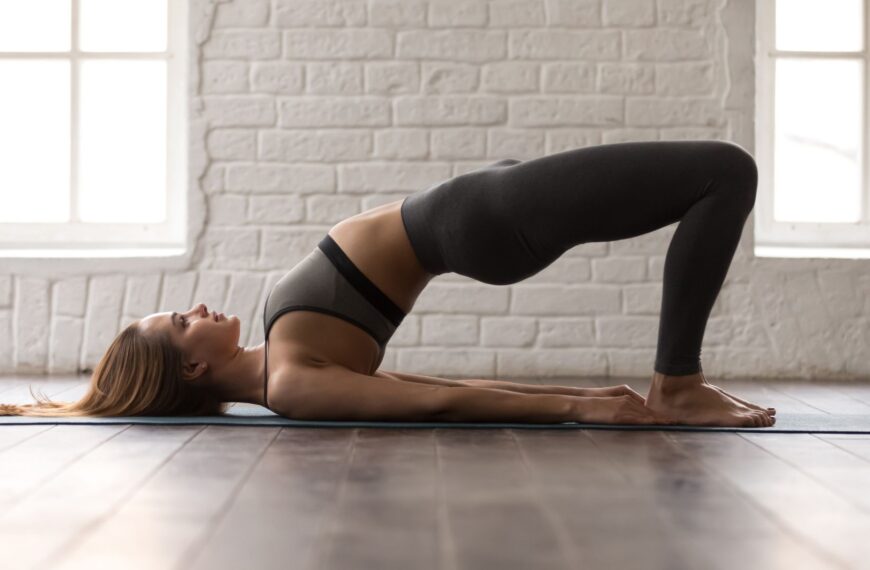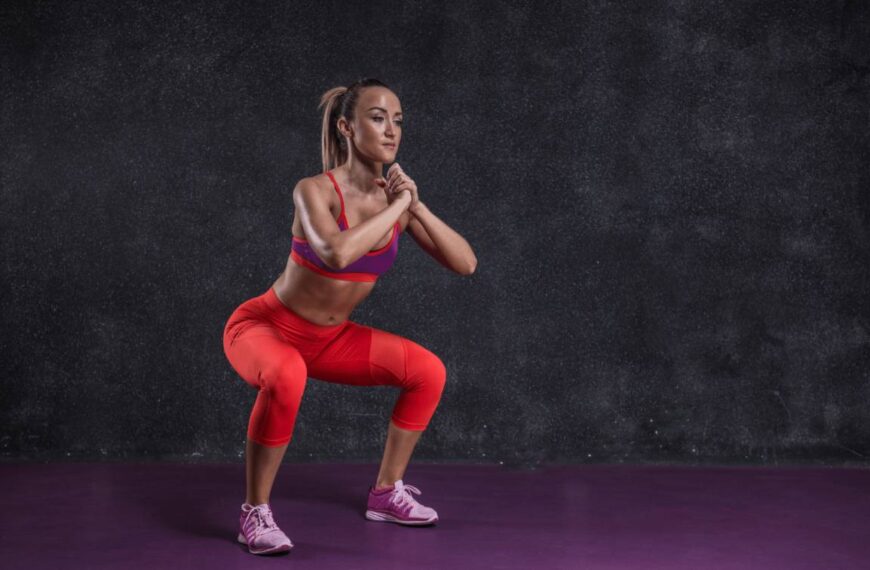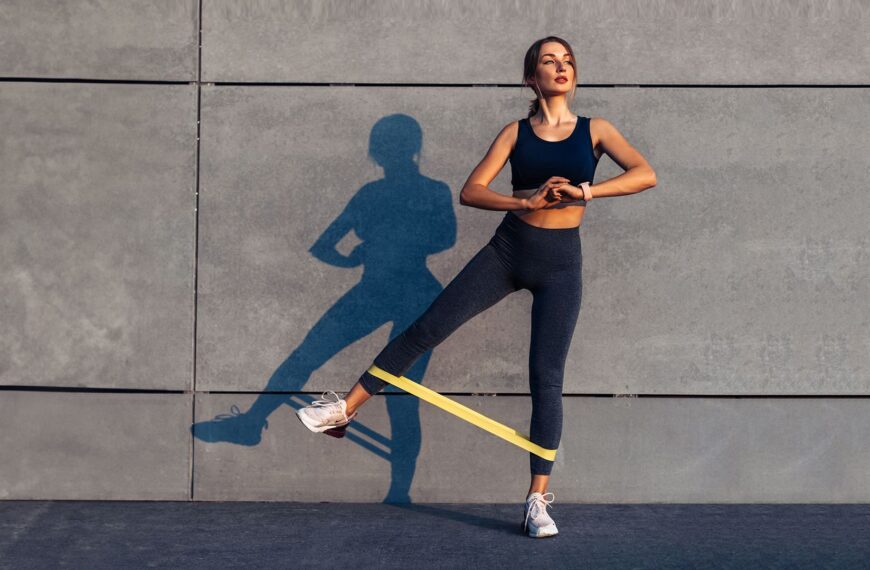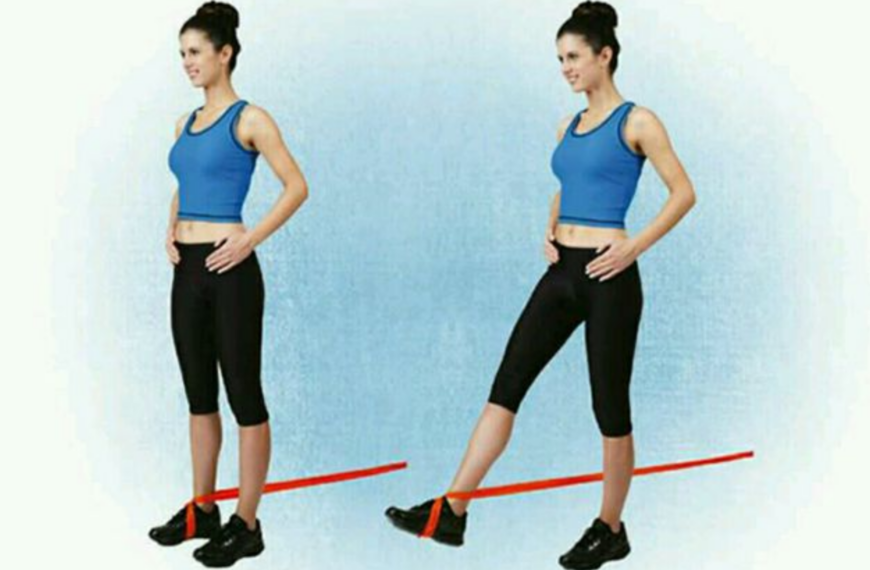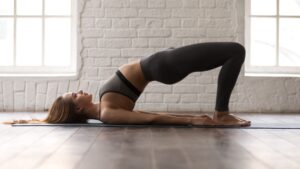Knee and foot pain can be debilitating and affect daily life. Fortunately, there are exercises that can help relieve pain and improve overall function. One such exercise is the kneeling heel press exercise. In this article, we will discuss how to safely perform this exercise at home or at the gym, as well as other exercises that can benefit your knee and foot health.
Summary
- The article covers how to safely perform the kneeling heel press exercise at home or the gym, as well as the benefits and precautions of this exercise.
- Other knee strengthening exercises and foot stretches and exercises are also discussed.
- The article also includes exercises specifically for ataxia and provides precautions for knee and foot exercises in general.
Merlin App with Kneeling Heel Press
The Merlin App is an invaluable tool for those looking to perform exercises like the Kneeling Heel Press correctly and effectively. This exercise primarily targets the muscles of the lower body, including the quadriceps, hamstrings, and glutes. Proper form is crucial to maximize its benefits and minimize the risk of injury, and the app plays a significant role in achieving this.
When you select the Kneeling Heel Press exercise on the Merlin App, it provides detailed step-by-step instructions on how to execute the movement. Through its AI real-time feedback feature, the app uses visual analysis to monitor your form as you perform the exercise. Kneeling Heel Press exercise helps you maintain the correct posture, ensuring that your knees are aligned with your ankles and that you’re applying pressure through your heels as you press upward. If your form starts to deviate, the app offers real-time guidance and corrections to help you get back on track.
Furthermore, the voice feedback feature provides verbal cues and encouragement, reminding you to engage your core, maintain proper alignment, and breathe rhythmically throughout the exercise. This real-time guidance not only enhances the effectiveness of the Kneeling Heel Press but also reduces the risk of injury due to poor form.
Kneeling Heel Press Exercise
The kneeling heel press exercise is an effective way to strengthen the calf muscles and quadriceps, increase flexibility and range of motion in the ankles, improve balance and stability, and prevent injury and pain in the lower extremities.
To perform the kneeling heel press exercise:
- 1. Kneel on a comfortable mat or soft surface, with your toes pointing back and your heels resting on the ground.
- 2. Place your hands on your hips or on the sides of your thighs for support.
- 3. Lift your heels off the ground, pushing your body weight forward onto the balls of your feet.
- 4. Hold this position for a few seconds, then slowly lower your heels back down to the ground.
Repeat this exercise for 10 to 15 repetitions, gradually increasing the number of repetitions and sets as you progress. Start with slow and controlled movements, gradually increasing intensity to avoid discomfort or injury.
It’s important to note that if you have knee pain or injury, you should avoid this exercise. Additionally, kneeling heel press is recommended to consult with a healthcare professional before starting any new exercise program.
Other Knee Strengthening Exercises
In addition to the kneeling heel press exercise, there are other exercises that can benefit kneeling heel press on health. These exercises include:
1. Wall squats
Wall squats are a great way to strengthen the quadriceps and glutes. To perform wall squats:
- Stand with your back against a wall and your feet shoulder-width apart.
- Slowly slide your back down the wall until your knees are bent at a 90-degree angle.
- Hold this position for a few seconds, then slowly slide back up the wall to a standing position.
Repeat this exercise for 10 to 15 repetitions, gradually increasing the number of repetitions and sets as you progress.
2. Step-ups
Step-ups are a great way to strengthen the quadriceps and glutes. To perform step-ups:
- Stand in front of a step or platform.
- Place one foot on the step, keeping your knee directly over your ankle.
- Push through your heel to lift your body up onto the step.
- Lower your body back down to the ground.
Repeat this exercise for 10 to 15 repetitions on each leg, gradually increasing the number of repetitions and sets as you progress.
3. Leg curls
Leg curls are a great way to strengthen the hamstrings. To perform leg curls:
- Lie face down on a mat or bench with your legs straight.
- Bend one knee and lift your heel towards your buttocks.
- Hold this position for a few seconds, then lower your leg back down to the ground.
Repeat this exercise for 10 to 15 repetitions on each leg, gradually increasing the number of repetitions and sets as you progress.
4. Straight leg raises
Straight leg raises are a great way to strengthen the quadriceps. To perform straight leg raises:
- Lie on your back with one leg straight and the other bent at the knee.
- Lift the straight leg off the ground, keeping your knee straight.
- Hold this position for a few seconds, then lower your leg back down to the ground.
Repeat this exercise for 10 to 15 repetitions on each leg, gradually increasing the number of repetitions and sets as you progress.
5. Seated leg extensions
Seated leg extensions are a great way to strengthen the quadriceps. To perform seated leg extensions:
- Sit in a chair with your feet flat on the ground.
- Lift one leg off the ground and extend it straight out in front of you.
- Hold this position for a few seconds, then lower your leg back down to the ground.
Repeat this exercise for 10 to 15 repetitions on each leg, gradually increasing the number of repetitions and sets as you progress.
6. Heel raises
Heel raises are a great way to strengthen the calves. To perform heel raises:
- Stand with your feet shoulder-width apart.
- Lift your heels off the ground, pushing your body weight onto the balls of your feet.
- Hold this position for a few seconds, then lower your heels back down to the ground.
Repeat this exercise for 10 to 15 repetitions, gradually increasing the number of repetitions and sets as you progress.
7. Lunges
Lunges are a great way to strengthen the quadriceps, hamstrings, and glutes. To perform lunges:
- Stand with your feet shoulder-width apart.
- Step forward with one foot, bending both knees to lower your body into a lunge position.
- Push through your heel to lift your body back up to a standing position.
- Repeat on the opposite leg.
Repeat this exercise for 10 to 15 repetitions on each leg, gradually increasing the number of repetitions and sets as you progress.
Other Foot Stretches and Exercises
In addition to knee exercises, there are several foot stretches and exercises that can benefit foot health. These exercises include:
1. Toe stretches
Toe stretches can help improve flexibility in the toes. To perform toe stretches:
- Sit in a chair with your feet flat on the ground.
- Lift one foot off the ground and place it on your opposite knee.
- Use your fingers to gently stretch your toes apart.
Hold this position for a few seconds, then release. Repeat on the opposite foot.
2. Toe curls
Toe curls can help strengthen the muscles in the feet. To perform toe curls:
- Sit in a chair with your feet flat on the ground.
- Place a small towel on the ground in front of you.
- Use your toes to grip the towel and curl it towards you.
Release the towel and repeat for 10 to 15 repetitions.
3. Ankle circles
Ankle circles can help improve flexibility in the ankles. To perform ankle circles:
- Sit in a chair with your feet flat on the ground.
- Lift one foot off the ground and circle your ankle in a clockwise direction.
- Repeat in a counterclockwise direction.
Repeat for 10 to 15 repetitions on each foot.
4. Achilles stretches
Achilles stretches can help improve flexibility in the calves and Achilles tendon. To perform Achilles stretches:
- Stand facing a wall with your hands on the wall for support.
- Step one foot back, keeping your heel on the ground.
- Bend the opposite kneeling heel press and lean forward, stretching the calf and Achilles tendon.
Hold this position for a few seconds, then release. Repeat on the opposite foot.
5. Bent knee heel raises
Bent-knee heel raises can help strengthen the collagen in the Achilles tendon. To perform bent-knee heel raises:
- Stand with your feet shoulder-width apart.
- Bend your knees slightly and lift your heels off the ground, pushing your body weight onto the balls of your feet.
- Hold this position for a few seconds, then lower your heels back down to the ground.
Repeat for 10 to 15 repetitions, gradually increasing the number of repetitions and sets as you progress.
Ataxia Exercises
Ataxia is a condition that affects balance and coordination. Exercise can help improve ataxia symptoms and overall function. The following exercises can benefit those with ataxia:
1. Shoulder shrugs
Shoulder shrugs can help improve shoulder mobility and stability. To perform shoulder shrugs:
- Stand with your feet shoulder-width apart.
- Lift your shoulders up towards your ears.
- Lower your shoulders back down.
Repeat for 10 to 15 repetitions.
2. Heel-to-toe walking
Heel-to-toe walking can help improve balance and coordination. To perform heel-to-toe walking:
- Stand with your feet together.
- Take a step forward with one foot, placing your heel directly in front of your toes on the opposite foot.
- Take another step forward with the opposite foot, placing your heel directly in front of your toes on the first foot.
- Repeat for several steps.
3. Kneeling heel press up
Kneeling heel press up can help improve lower extremity strength and flexibility. To perform kneeling heel press up:
- Start by kneeling on the ground with your hips on your heels.
- Slowly move into an upright position, keeping your hands on the ground for support.
- Hold this position for a few seconds, then slowly lower yourself back down to the starting position.
Repeat for 10 to 15 repetitions.
4. Single-leg balance
Single-leg balance can help improve balance and stability. To perform single-leg balance:
- Stand on one foot with your other foot lifted off the ground.
- Hold this position for a few seconds, then lower your foot back down to the ground.
- Repeat on the opposite foot.
Repeat for 10 to 15 repetitions on each foot.
5. Squats
Squats can help improve lower extremity strength and flexibility. To perform squats:
- Stand with your feet shoulder-width apart.
- Bend your knees and lower your body down into a squat position.
- Push through your heels to lift your body back up to a standing position.
Repeat for 10 to 15 repetitions.
6. Leg swings
Leg swings can help improve lower extremity mobility and flexibility. To perform leg swings:
- Stand with your feet shoulder-width apart.
- Swing one leg forward and backward, keeping your knee straight.
- Repeat on the opposite leg.
Repeat for 10 to 15 repetitions on each leg.
7. Arm circles
Arm circles can help improve upper extremity mobility and stability. To perform arm circles:
- 1. Stand with your feet shoulder-width apart.
- 2. Extend your arms out to the sides.
- 3. Move your arms in a circular motion, first forward, then backward.
Repeat for 10 to 15 repetitions.
Precautions for Knee and Foot Exercises
When performing knee and foot exercises, it is important to take certain precautions to avoid injury and discomfort. These precautions include:
- 1. Starting with slow and controlled movements and gradually increasing intensity
- 2. Using proper form and technique to avoid injury
- 3. Wearing supportive shoes and clothing
- 4. Addressing any pain or discomfort immediately
- 5. Consulting with a healthcare professional before starting any new exercise program
Conclusion
In conclusion, the kneeling heel press exercise, along with other knee and foot exercises, can help relieve pain and improve overall function. With the right guidance and precautions, you can safely perform these exercises at home or at the gym. Remember to consult with a healthcare professional before starting any new exercise program. With regular exercise and the right tools, you can take control of your health and well-being.
